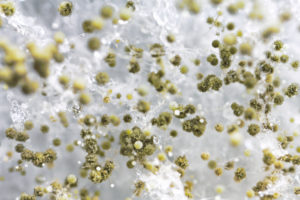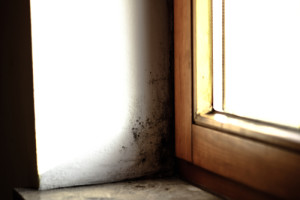The Impact of Mold Exposure on Pets – Symptoms to Monitor

The Impact of Mold Exposure on Pets – Symptoms to Monitor
Much has been written about upper-respiratory symptoms, headaches, depression and other health risks associated with mold exposure. Pets are also living, breathing creatures that can suffer from health problems caused by mold.
Health Symptoms of Mold Exposure in Pets
Small pets, like babies and small children, are the most vulnerable to the effects of mold. Watch for these signs that mold may be impacting your pet’s health:
- Mold spores can be irritating to an animal’s skin. Is your pet doing a lot of scratching, even if there are no fleas present? He may also develop sores or a skin rash.
- Pets, like humans, are susceptible to upper-respiratory ailments resulting from mold exposure. If your pet exhibits frequent sneezing and wheezing as well as runny eyes, it may be from inhaling mold spores.
- Licking and chewing on paws and feet is another common symptom of mold exposure.
- Keep an eye on your pet’s ears. Watch for infections that may produce a yeasty smell and cause your pet to scratch his ears excessively.
If you observe any of these symptoms, don’t take any chances. Schedule an appointment with your vet for a check-up and appropriate treatment. If necessary, the vet may advise that your pet stay elsewhere temporarily until corrective mold treatment is completed.
Cost-Effective and Non-Toxic Mold Treatment from Stern Mold
Can’t bear to be separated from your pet? Our proprietary MoldExterm process is usually completed within a single day. This eco-friendly method removes mold completely and prevents future recurrences without any toxic products that could harm your family and pets.
Contact us to schedule a free mold inspection by one of our professionally trained technicians.




